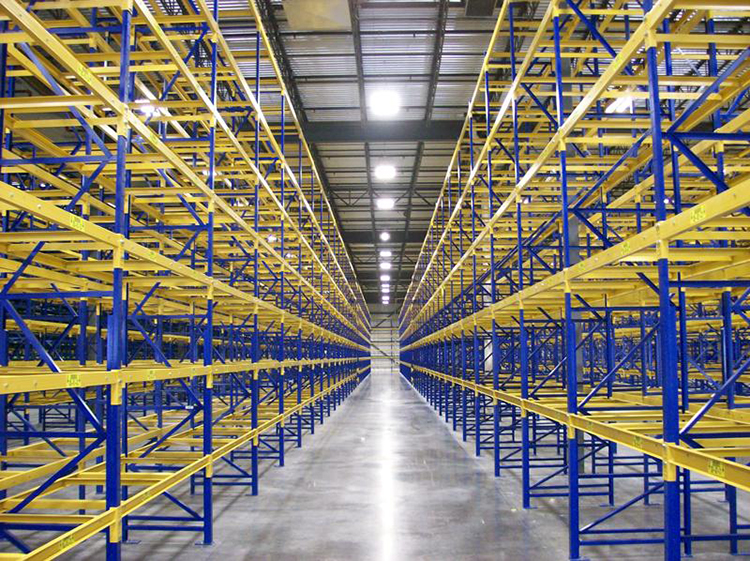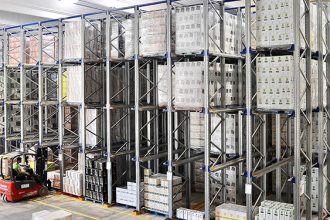Six Factors That Impact Pallet Rack Service Life
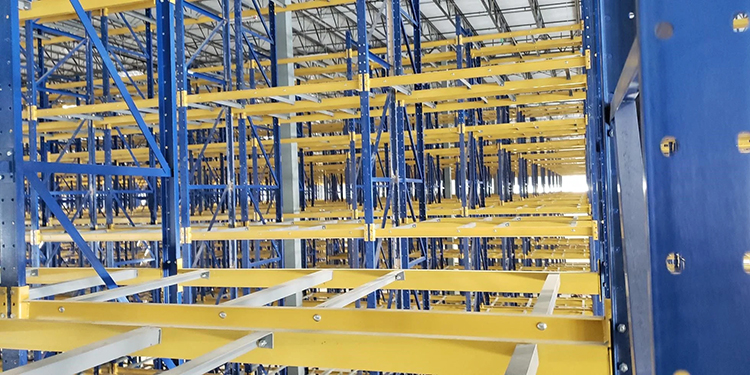
Generally speaking, industrial steel storage racks have a lengthy lifespan. Indeed, many rack installations are still in use several decades after commissioning. Some, however, don’t last nearly as long. For operations seeking to maximize the number of years a system can be safely used, there are at least six major factors that impact pallet rack service life.
“When well maintained and properly used, there’s no reason a pallet rack system can’t last for an exceedingly long time,” said Dr. Logan Kebeli, Vice President of Engineering at Advance Storage Products. The company is a member of the Rack Manufacturers Institute (RMI). “Many manufacturers, like our company, back their racks with a 10-year warranty. That speaks to their expected longevity.”
Kebeli noted that purchasing a rack system from a manufacturer who adheres to RMI’s American National Standard for pallet rack—ANSI MH16.1: Design, Testing, and Utilization of Industrial Steel Storage Racks—is an important part of extending pallet rack service life.
“However, purchasing racks that follow the RMI ANSI MH16.1 standard is not enough to ensure the system will last. The rack owner has a responsibility to make every effort to pay attention to at least six different factors that can contribute to the racking’s continued safe use,” he said.

Factor # 1: Design and Construction
A rack system designed and engineered to meet the specifications of the storage application will better withstand routine wear and tear, noted Kebeli. “This includes the system’s ability to store the maximum design loads for extended periods of time,” he said.
The rack manufacturer typically provides a questionnaire for a prospective buyer to populate with details about the system. These include the location of the site, types of unit loads stored in the rack, average and maximum load weights, pallet type to be used, and details about the facility. Based on those details, the manufacturer will design and engineer the optimal system for safe storage of products.
“A system that hasn’t been engineered to meet the application specifications and applicable design standards and codes will likely not hold up as well to repeated loading and unloading,” Kebeli added. “That can considerably shorten pallet rack service life.”
Factor # 2: Quality of Materials
Storage rack manufacturers offer solutions in two different options: cold formed steel and structural steel. Each has its pros and cons, noted Kebeli.
- Cold-formed (also known as roll formed) rack is made from sheet steel that’s been rolled into different shapes. Generally lighter and less expensive than structural steel, roll formed rack is usually installed in lighter-duty applications with less traffic. “However, because it’s thinner than structural steel, it’s also more prone to damage. It can’t necessarily withstand the larger loads and especially the impact loads many facilities usually face,” he said.
- Structural steel is made from hot rolled structural shapes. This produces heavier components that are typically more durable. They are also capable of handling higher load capacities and resisting impact loads. That heavier weight also makes it more expensive to manufacture and ship. It also requires bolted and welded connections that take longer to install and reconfiguring it can be more complex.
Regardless of the type of rack structure chosen, it’s important that the steel itself be of the appropriate thickness and composition. It must also use the proper welds during its fabrication to ensure its safe and reliable performance.
“Welding should only be performed by certified welders who follow the standards, codes, and guidelines of the American Welding Society (AWS),” Kebeli added. “Further, all bolts and anchors used should conform to ASTM International’s fastener standards for secure connections. Quality materials and construction are a crucial factor in maximizing pallet rack service life.”
Factor # 3: Proper Usage
The rack’s owner should train associates working in the racks and forklift operators loading and unloading them how to properly interface with the system.
“Owners should dedicate a significant portion of training to preventing rack overloading,” noted Kebeli. “The rack manufacturer engineers each system to meet specified load capacities. Overloading the rack with more weight than it can safely handle will significantly shorten pallet rack service life.”
To help remind employees of a rack system’s capacity, owners should post load capacity plaques on the structure or nearby. Required by RMI’s ANSI MH16.1 and the International Code Council’s (ICC) International Building Code (IBC), the plaques are a visual reminder of the maximum load capacity of each storage position.
“If a facility follows the load capacity limit, the longevity of the rack will be much longer,” he continued. “If loads aren’t placed properly, or different loads than what the system was designed for are used, it’s much more likely to fail. Perhaps not a total collapse, but beams will begin deflecting and columns will begin to buckle and show signs of structural damage.”
Factor # 4: Environmental Conditions
Most rack benefits from the protection of an indoor installation. This shields it from extreme weather conditions such as wind, snow, and ice, for example. Not all racks enjoy ambient temperatures year-round, however. Rack installations in harsh environmental conditions—including freezers, wash-down applications, or outdoors—will last longer if they sport a specialized finish, Kebeli said.
“Certain painted finishes can withstand exposure to humidity, extreme weather, or caustic chemicals. Conversely, a galvanized finish will prevent rust or corrosion,” he explained. “Be sure to share any environmental or application concerns with the rack manufacturer so they can recommend the optimal protective coating.”
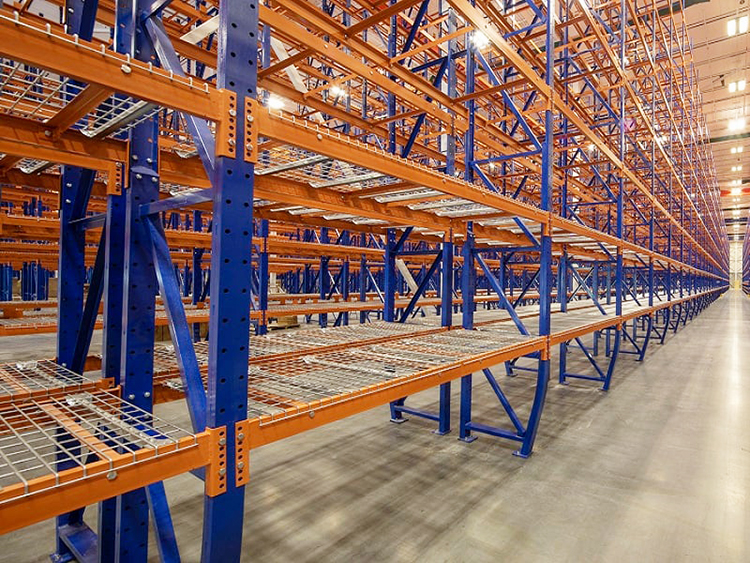
Factor # 5: Routine Inspections and Maintenance
Performing regular rack inspections will further help extend pallet rack service life. These inspections identify damage, wear, loose bolts, broken welds, twisted columns, excessive beam deflection, damaged anchors and base plates, impacts, overloading, or other issues, said Kebeli.
“If an inspection turns up a problem—even a small one—it’s important to proactively make repairs as quickly as possible. Ignoring it until it becomes a much bigger problem will create bigger problems,” he noted, emphasizing the importance of routine maintenance.
Damaged rack components can often be repaired or replaced, further extending the life of the system. RMI recently released an updated version of the “Guideline for the Assessment and Repair or Replacement of Damaged Rack” to help owners determine the optimal remediation solution. It’s also critical to engage a qualified rack design engineer to evaluate the rack at the point where the damage occurred. This professional can recommend the optimal course of action.
Factor # 6: Safety Training
One of the most common causes of rack damage is forklift impacts, said Kebeli.
“Operators who take corners too tight and run the vehicle, forks, or load into the uprights are a common occurrence. Further, dropping a load onto the beams instead of placing it can cause excessive wear and tear,” he explained.
Continuous training of forklift operators about how to interface with and navigate around the system will dramatically extend pallet rack service life. There are also accessories including guarding that can help to shield the structure from collisions. “However, the guarding doesn’t replace proper safety training of forklift operators,” Kebeli advised.
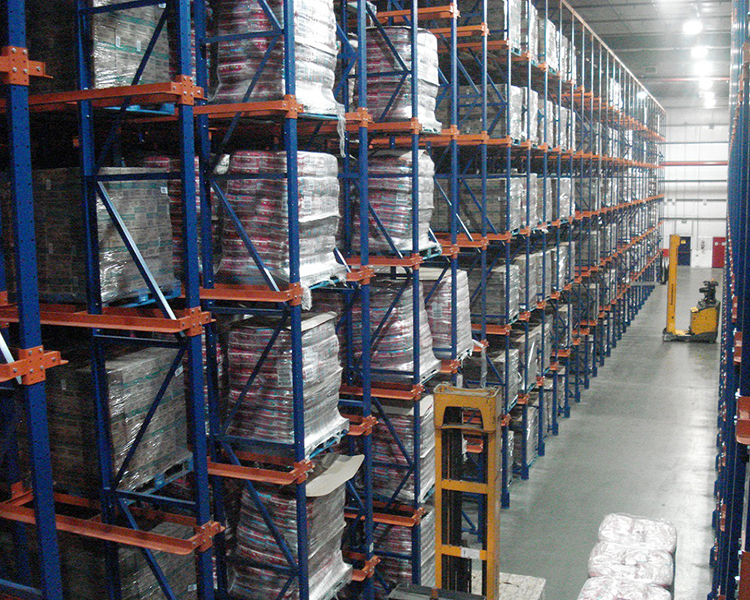
Learn More About How to Protect Pallet Rack
Looking for more ways to prolong pallet rack service life in your operation? RMI offers several resources and publications, including the recently updated “Considerations for the Planning and Use of Industrial Steel Storage Racks.” Additionally, the members of RMI are available for consultations, insights, and recommendations. For more information, visit mhi.org/rmi.

